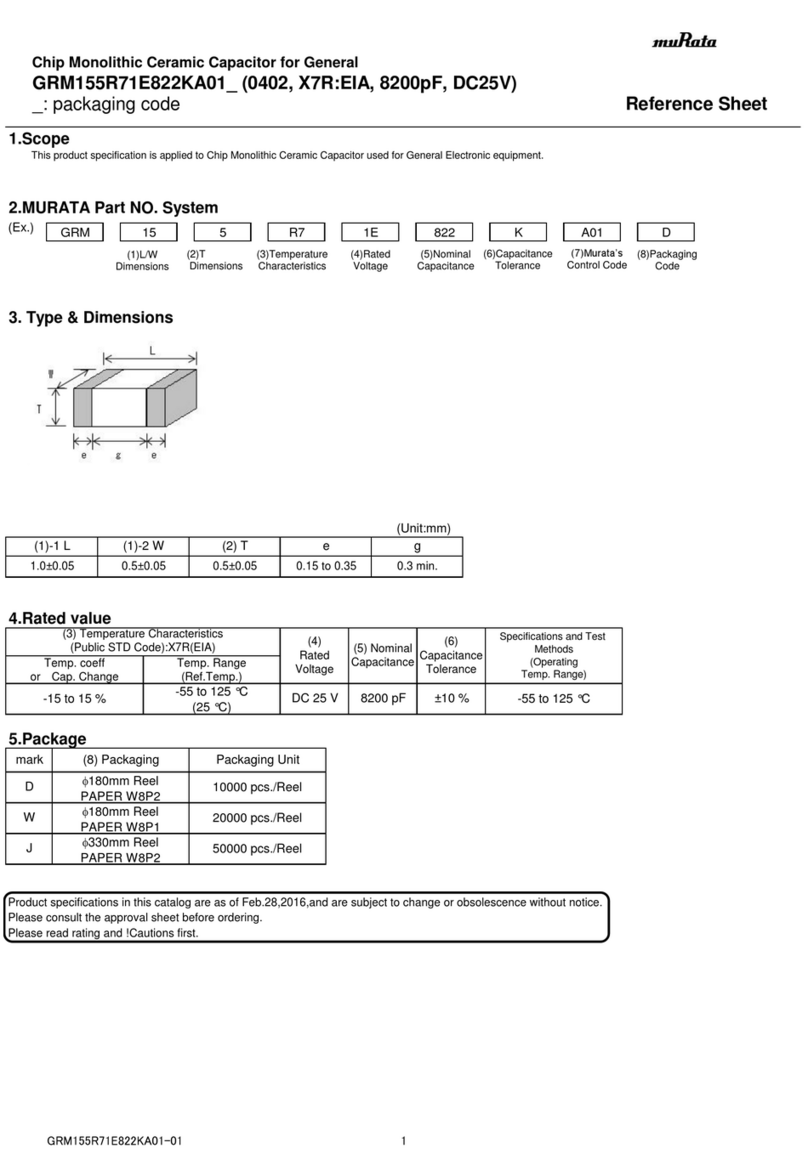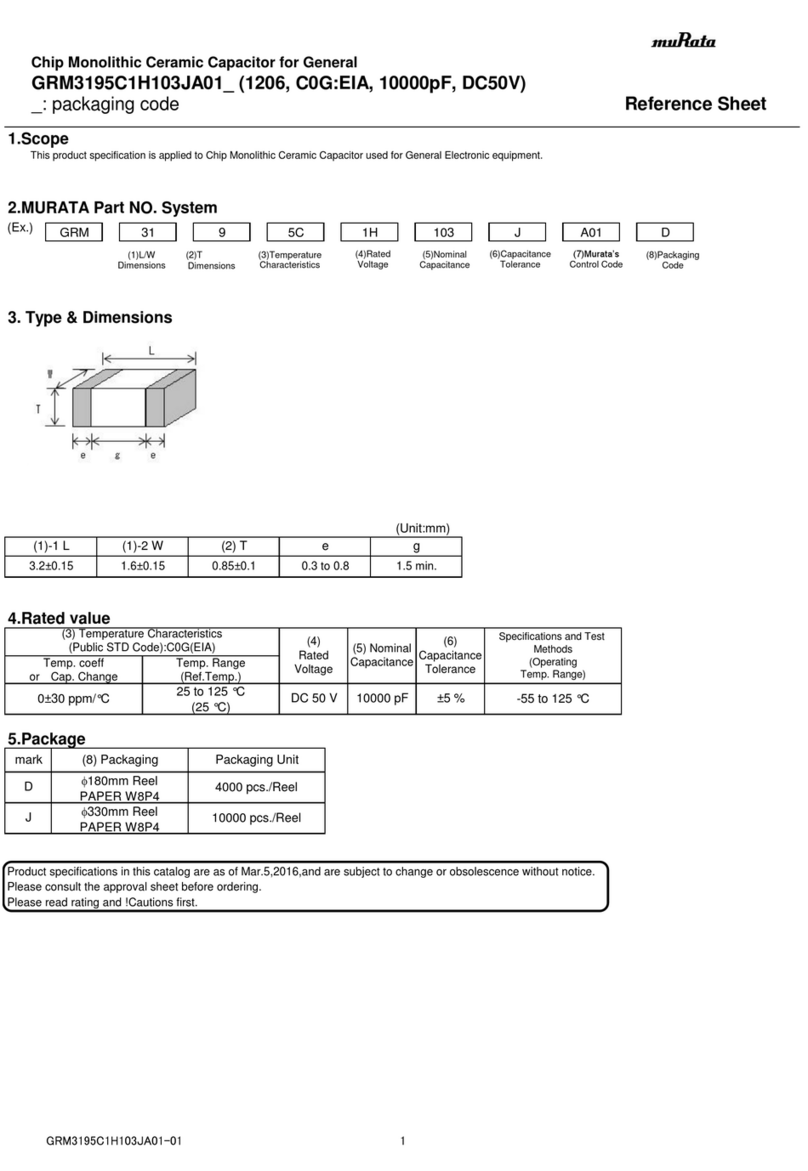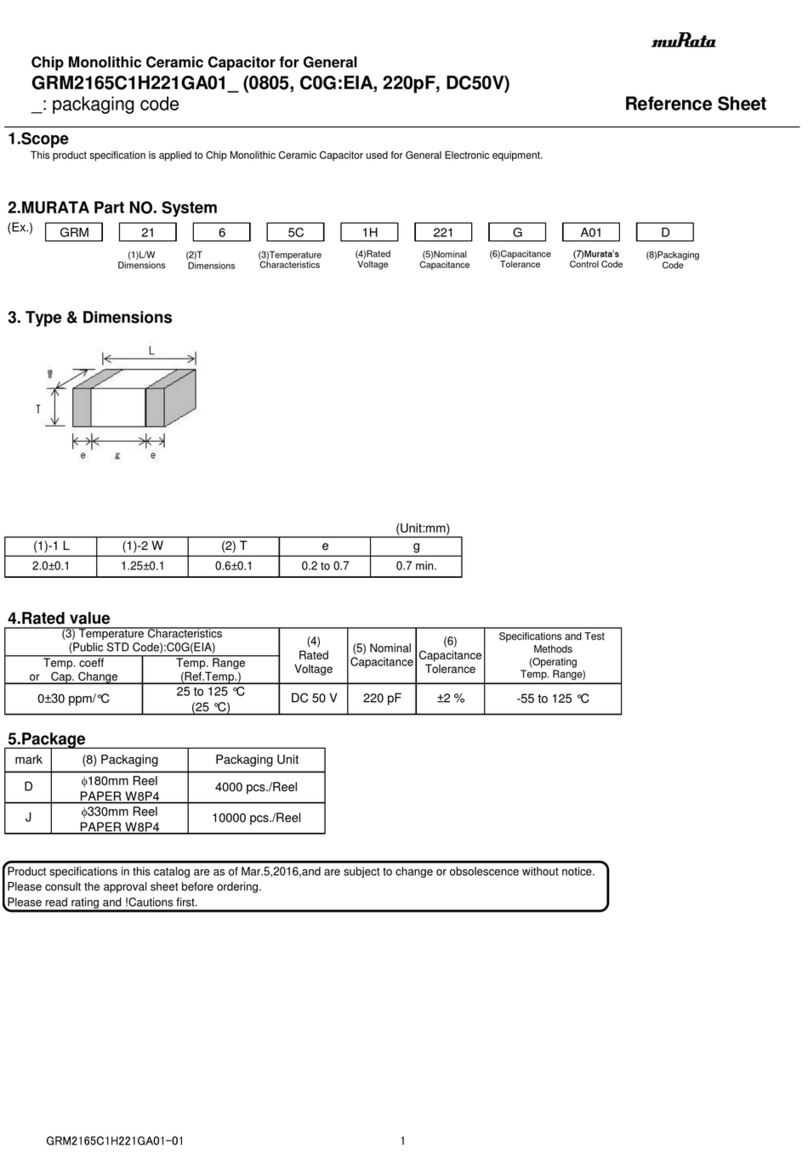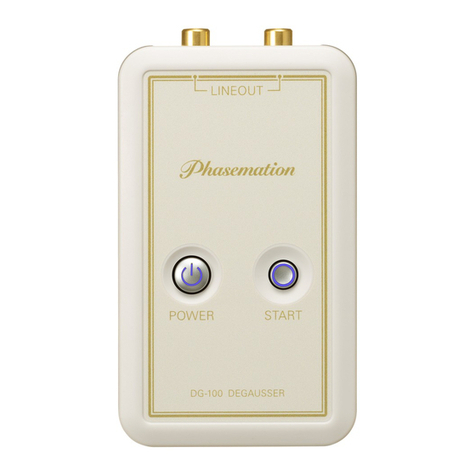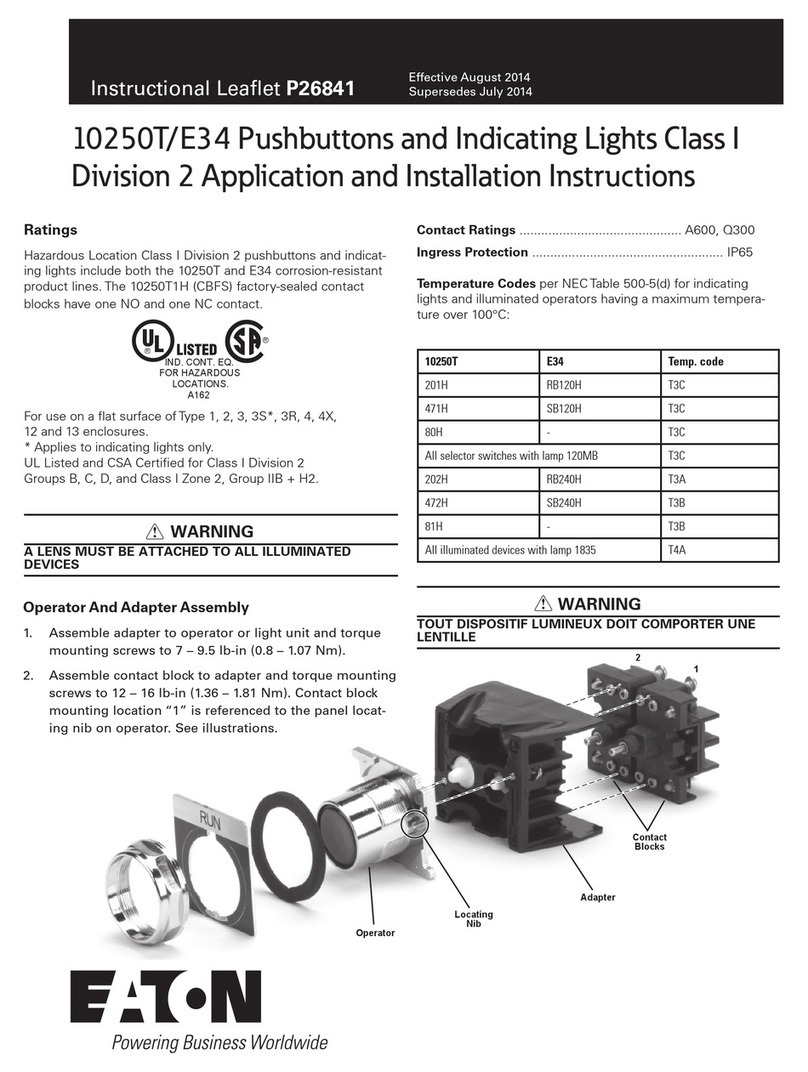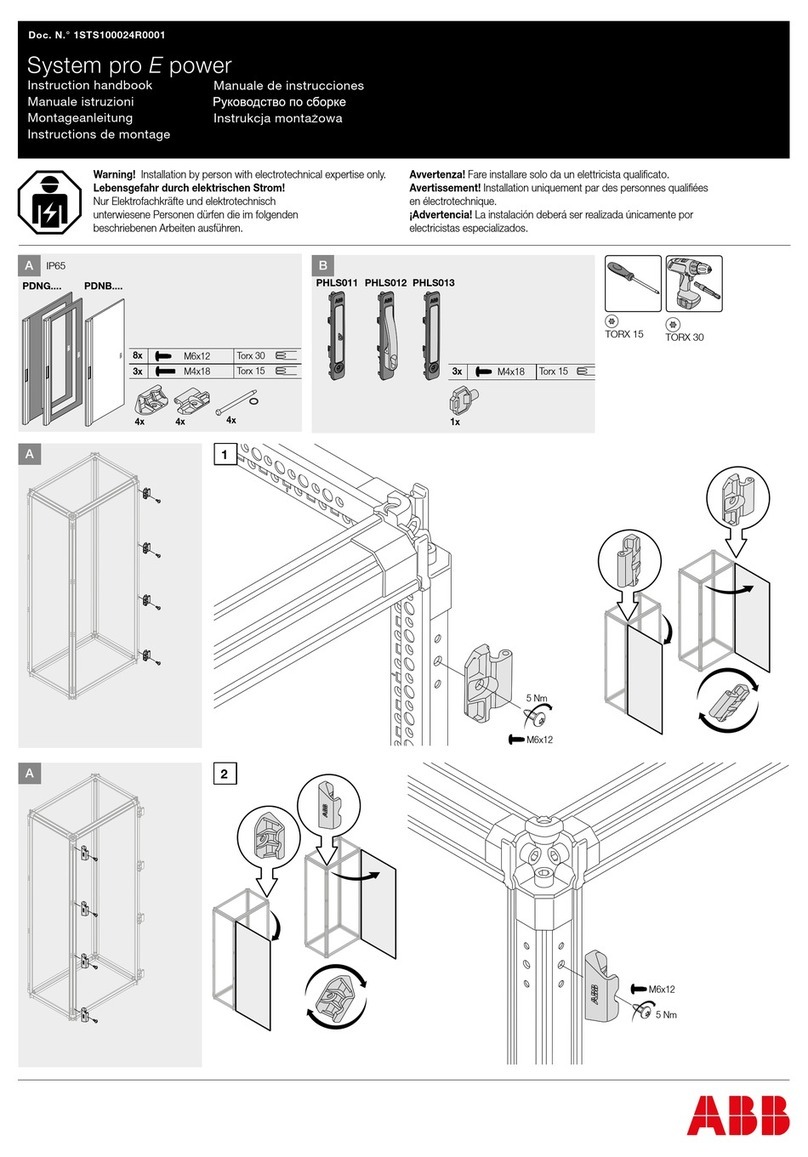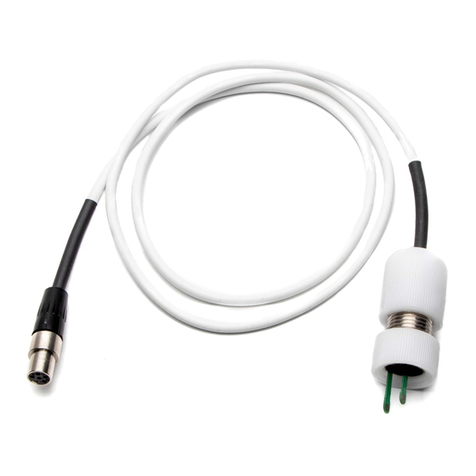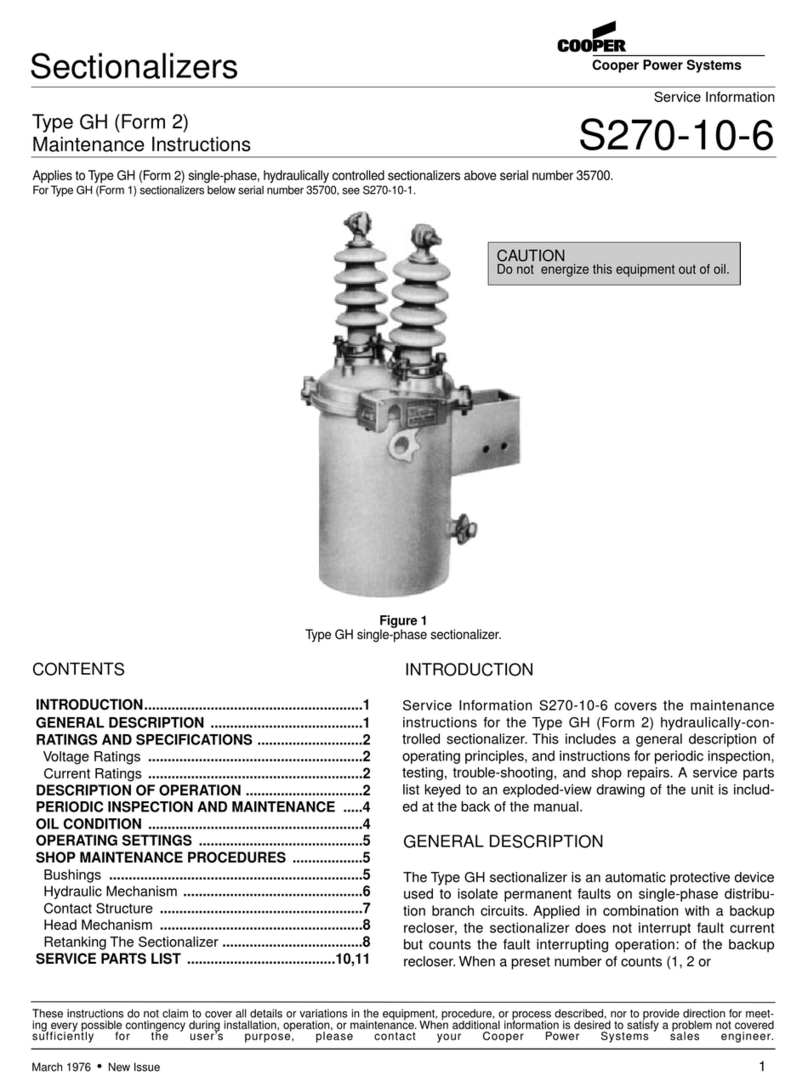Murata GRM32ER71J106KA12 Series User manual
Other Murata Industrial Electrical manuals
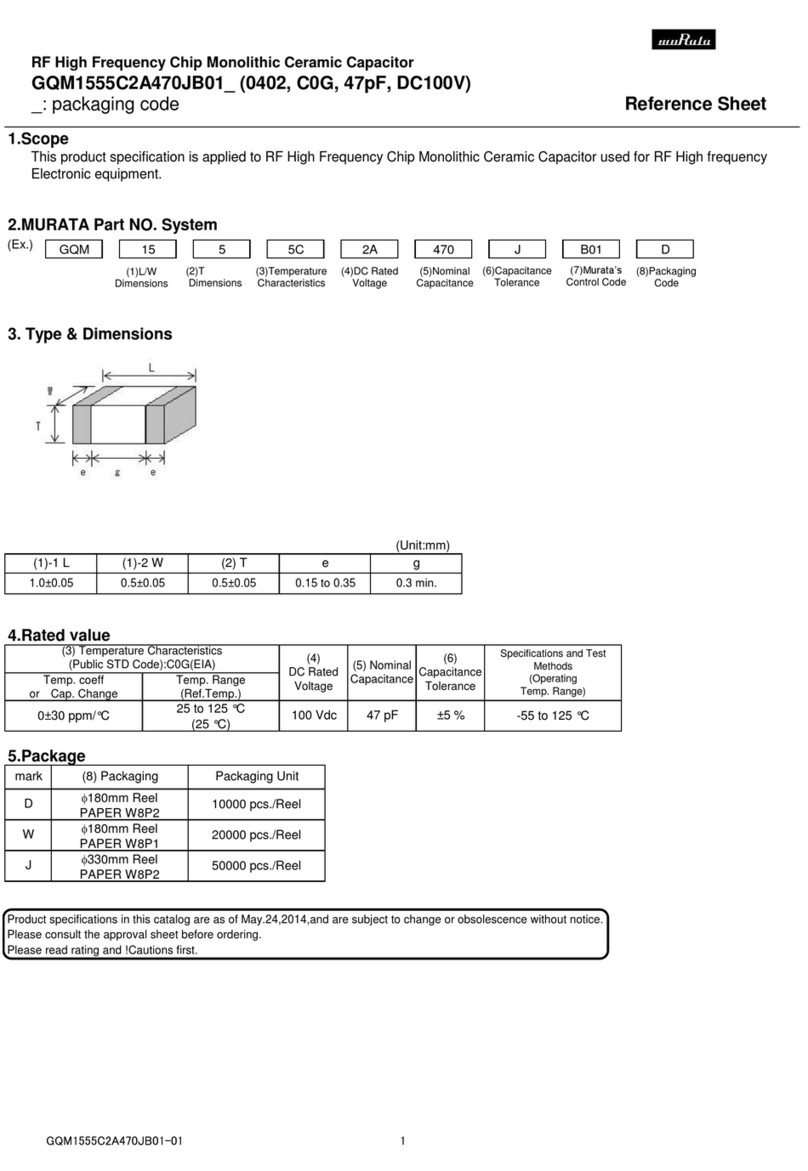
Murata
Murata GQM1555C2A470JB01 Series User manual

Murata
Murata GRM155R71C203JA01 Series User manual
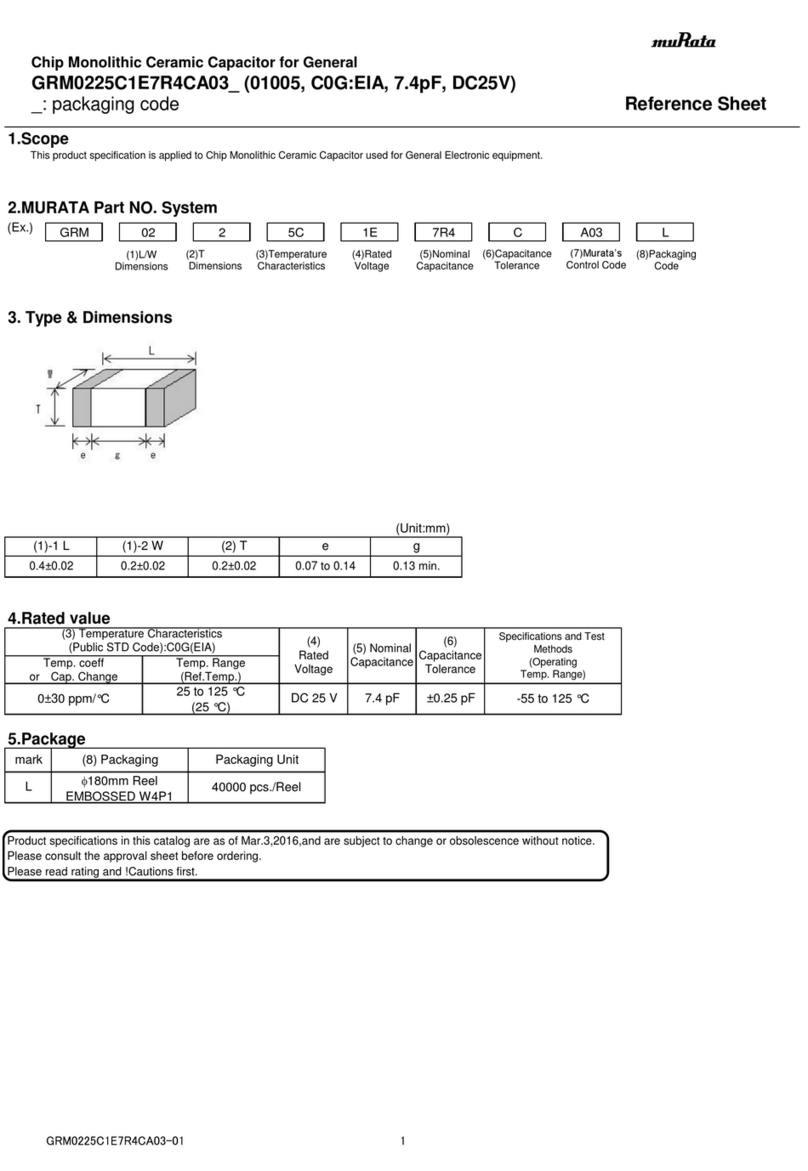
Murata
Murata GRM0225C1E7R4CA03 Series User manual
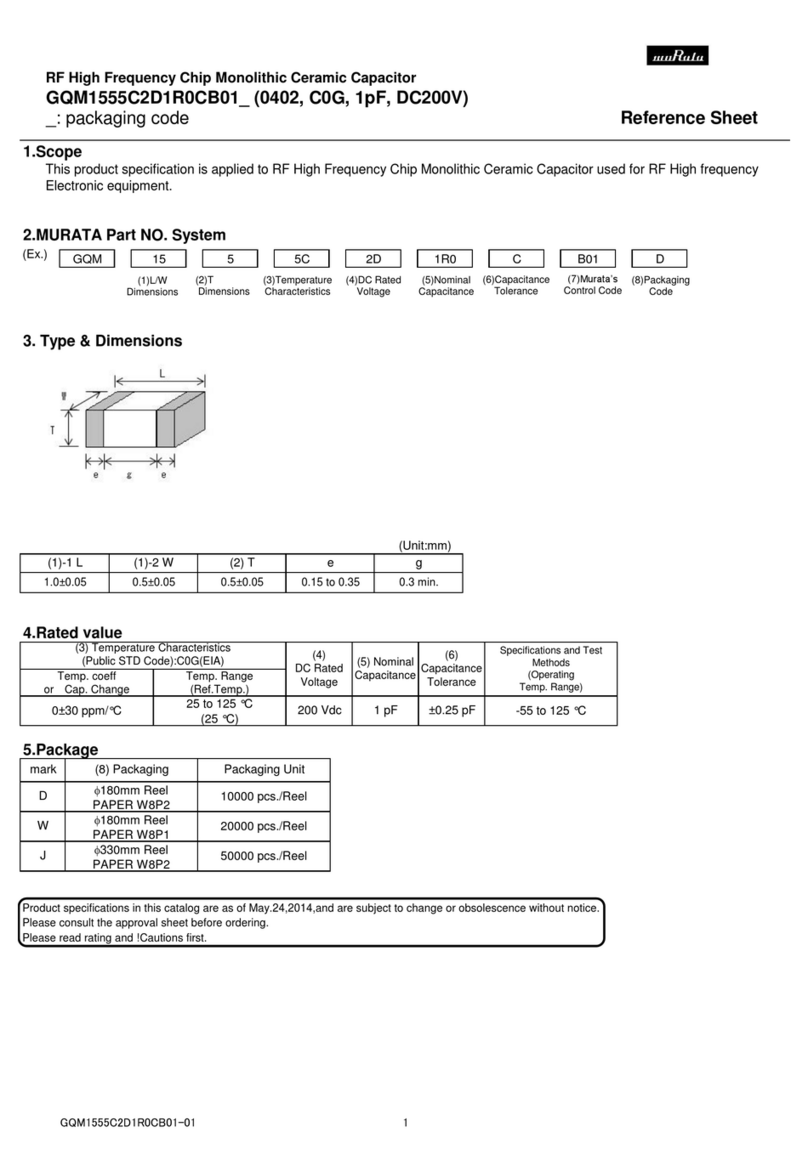
Murata
Murata GQM1555C2D1R0CB01 Series User manual

Murata
Murata GQM22M5C2H240GB01 Series User manual
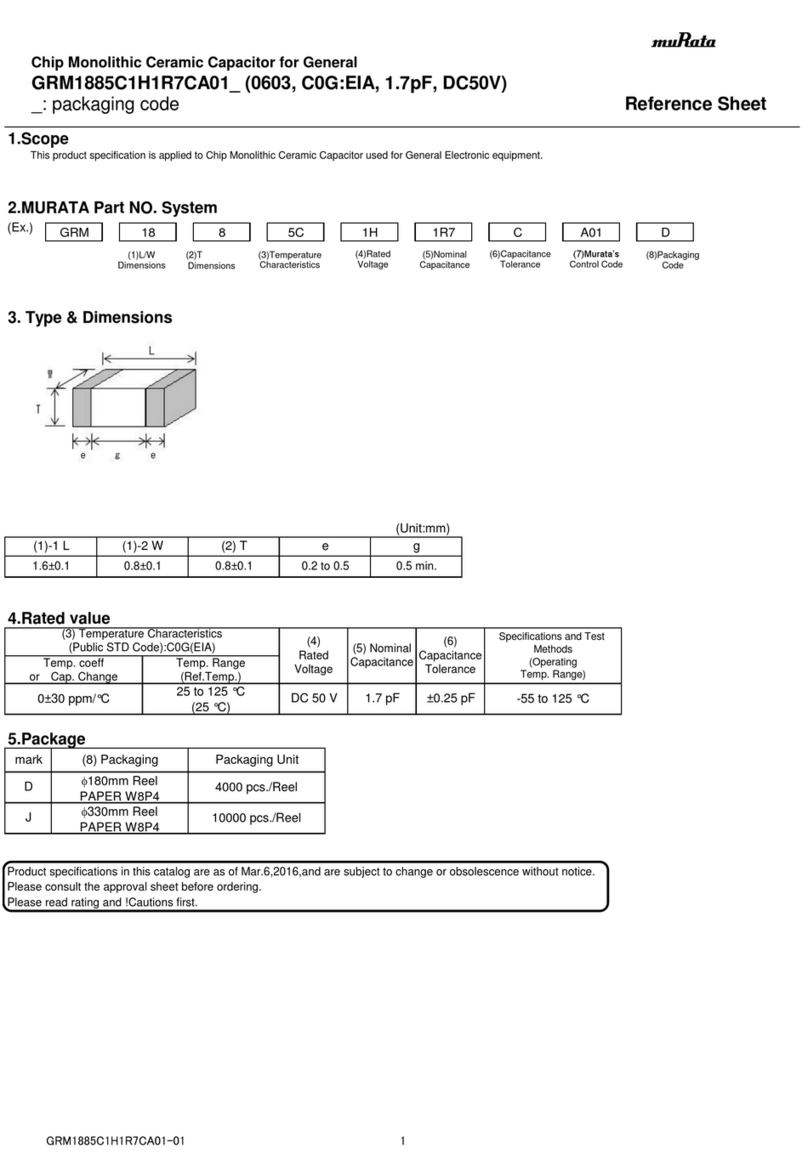
Murata
Murata GRM1885C1H1R7CA01 Series User manual
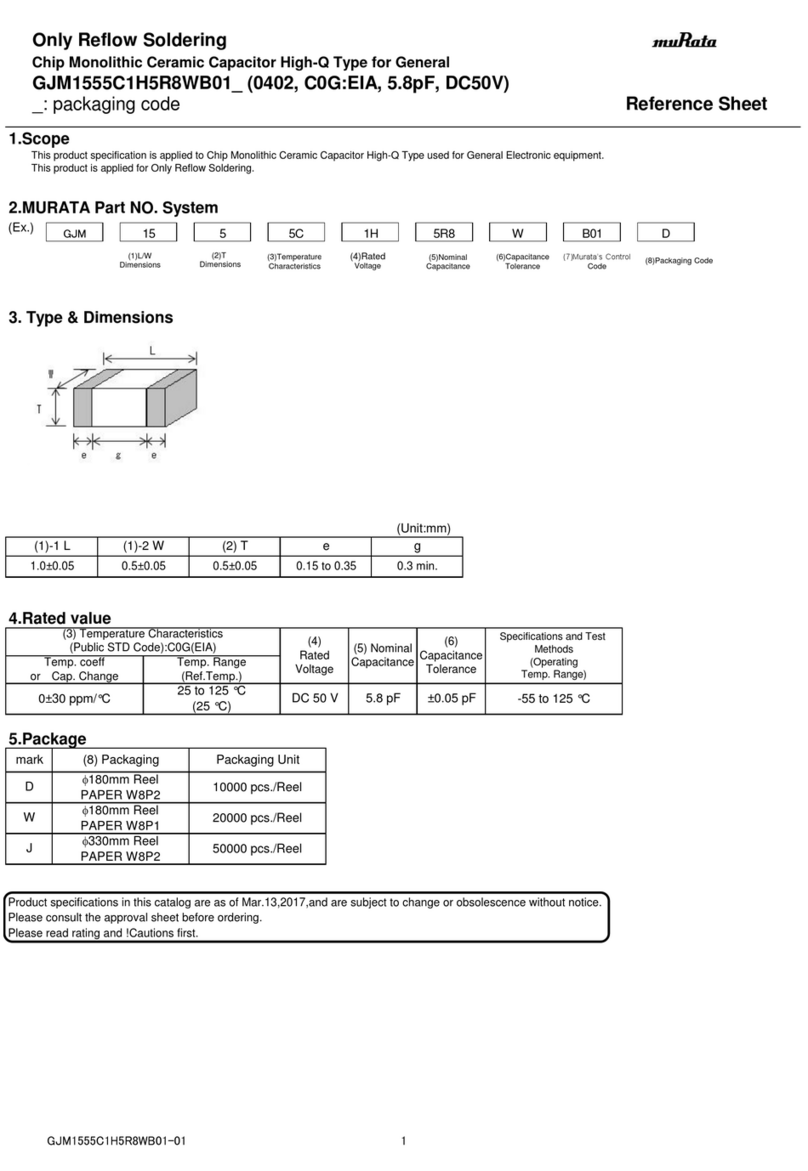
Murata
Murata GJM1555C1H5R8WB01 Series User manual
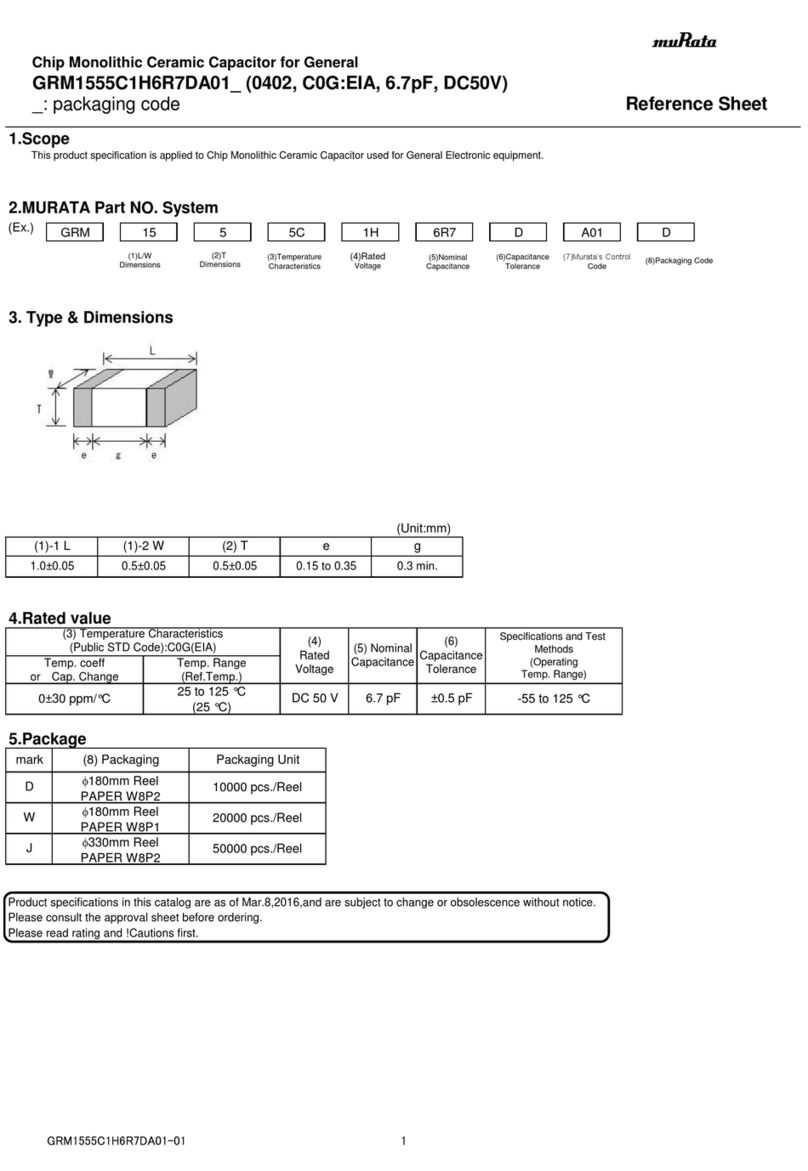
Murata
Murata GRM1555C1H6R7DA01 Series User manual
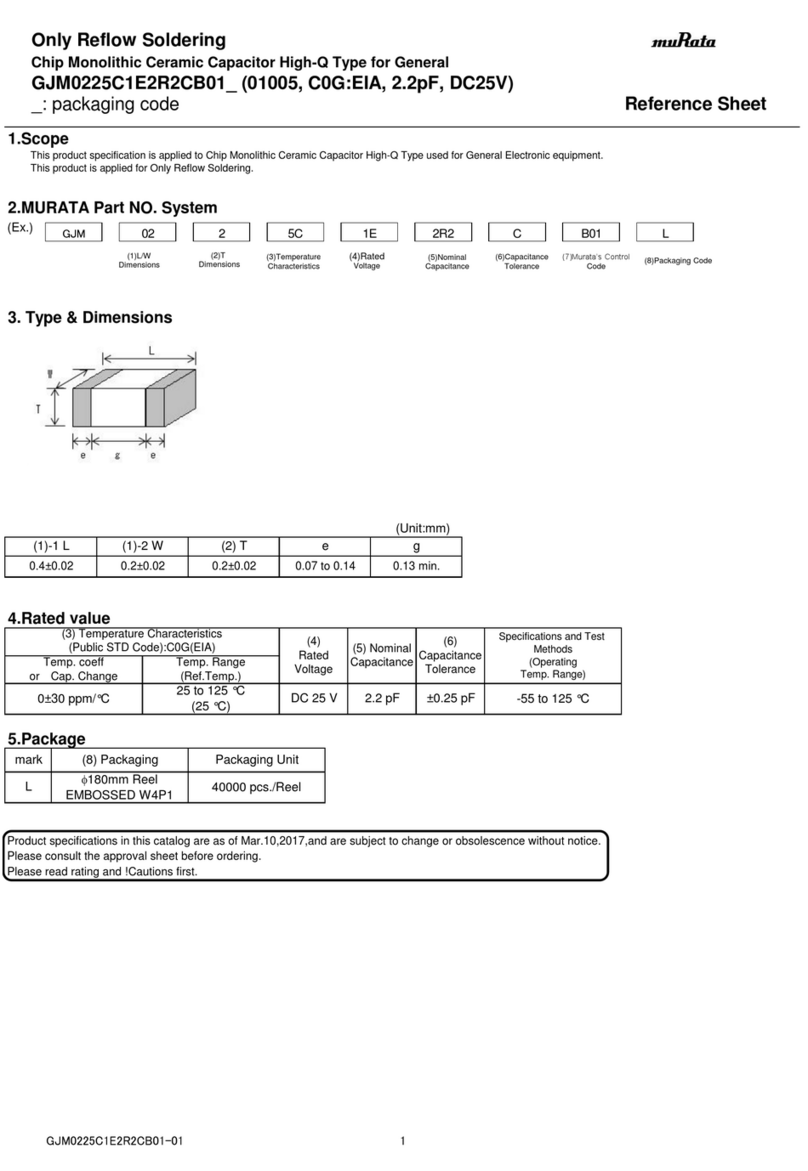
Murata
Murata GJM0225C1E2R2CB01 Series User manual
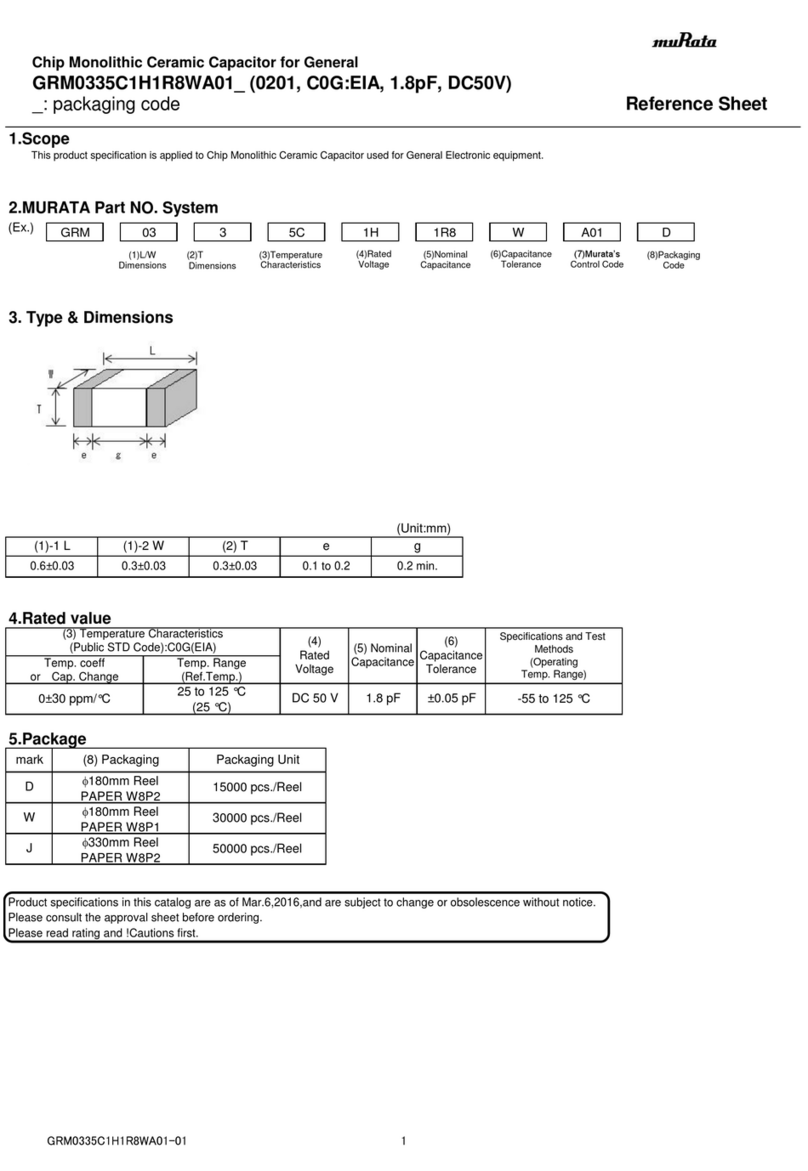
Murata
Murata GRM0335C1H1R8WA01 Series User manual
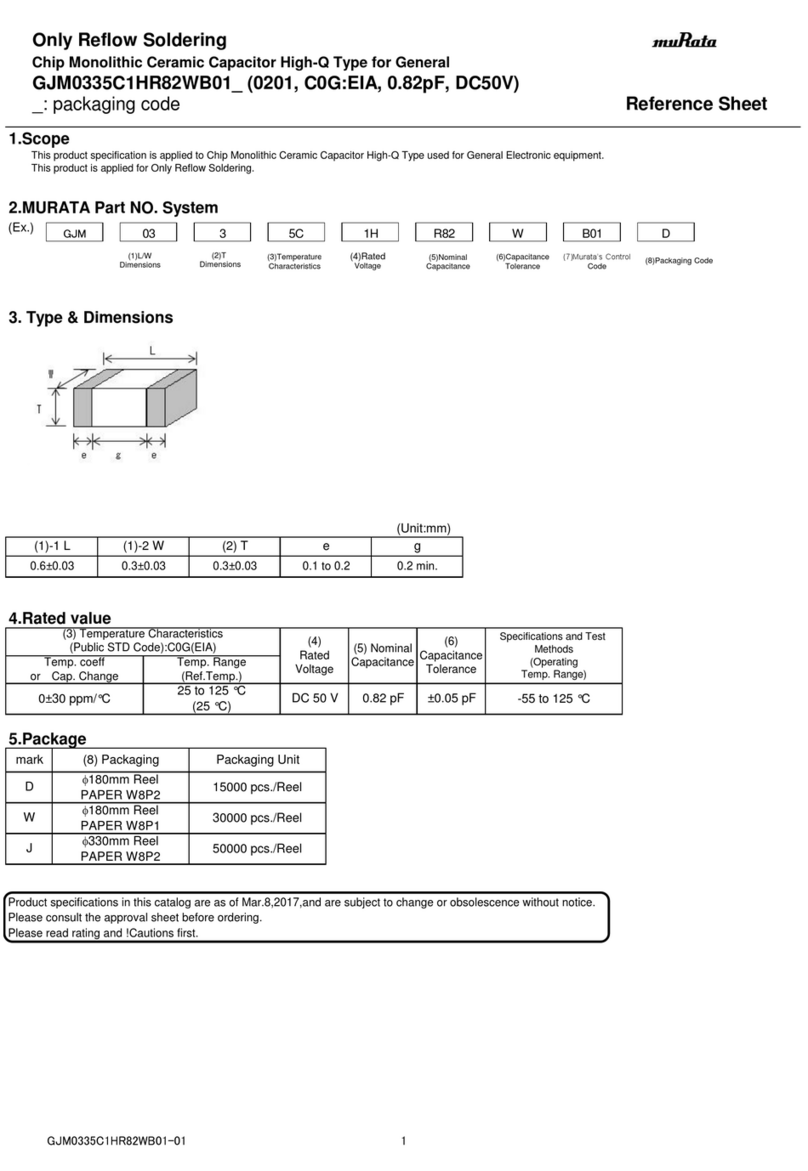
Murata
Murata GJM0335C1HR82WB01 Series User manual
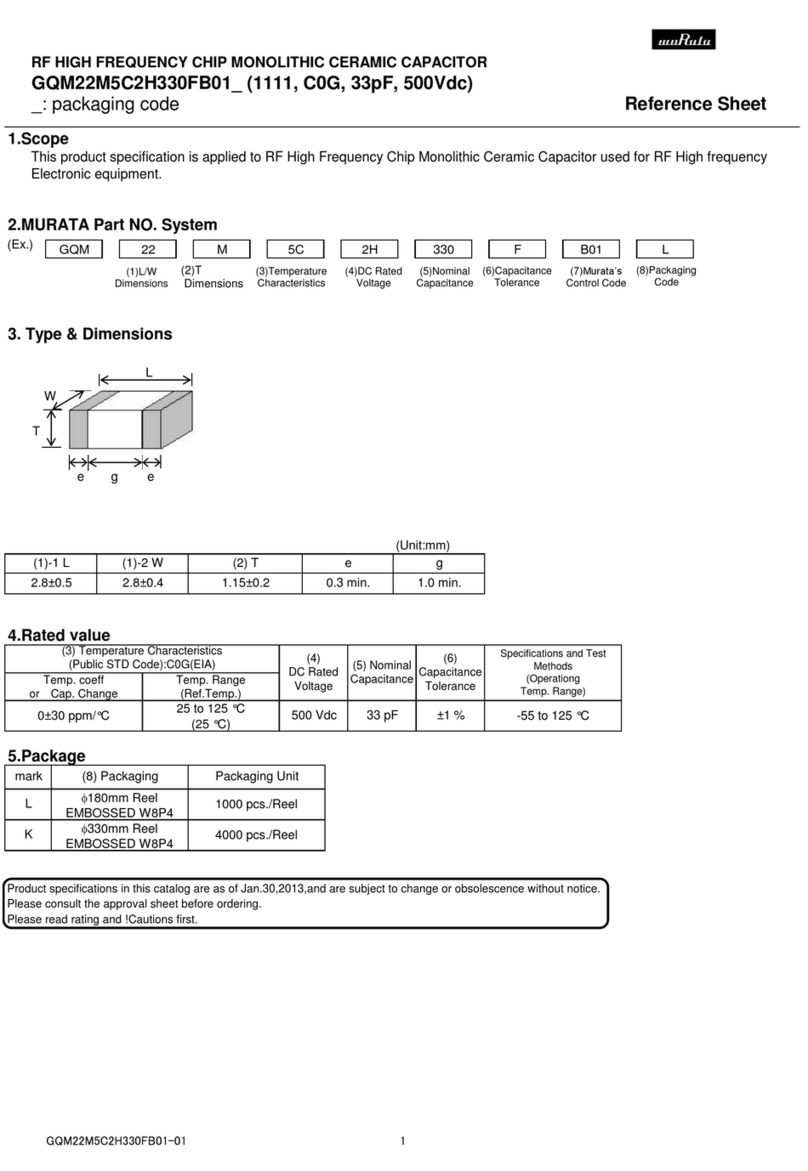
Murata
Murata GQM22M5C2H330FB01 Series User manual

Murata
Murata GRM0335C1H8R5BA01 Series User manual

Murata
Murata GCM1885C1H390FA16 Series User manual
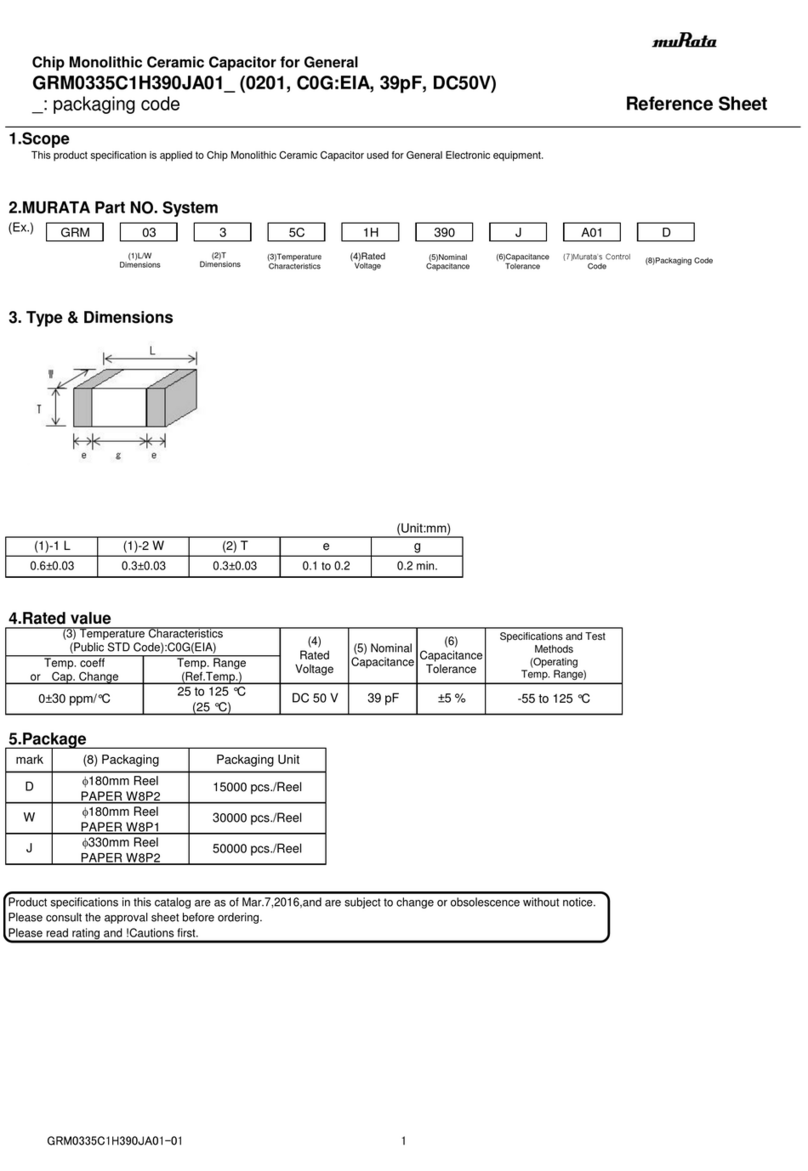
Murata
Murata GRM0335C1H390JA01 Series User manual
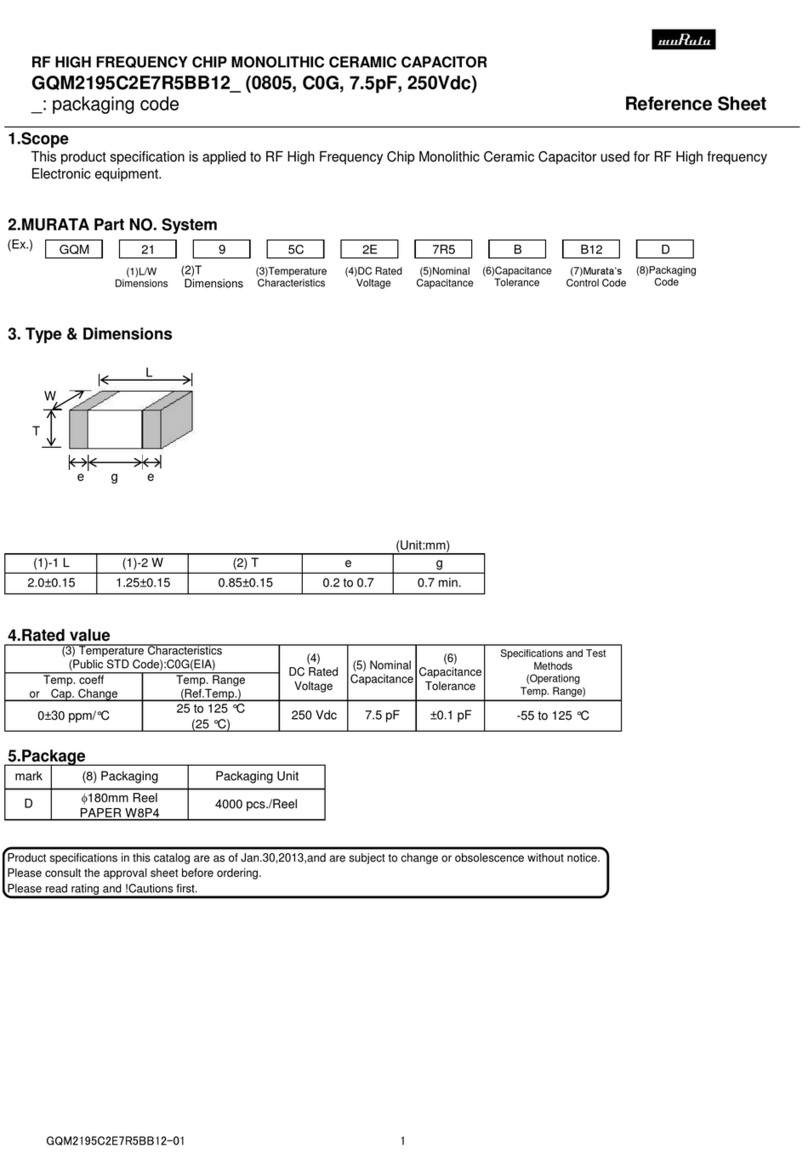
Murata
Murata GQM2195C2E7R5BB12 Series User manual

Murata
Murata GRM0225C1E6R5BA03 Series User manual
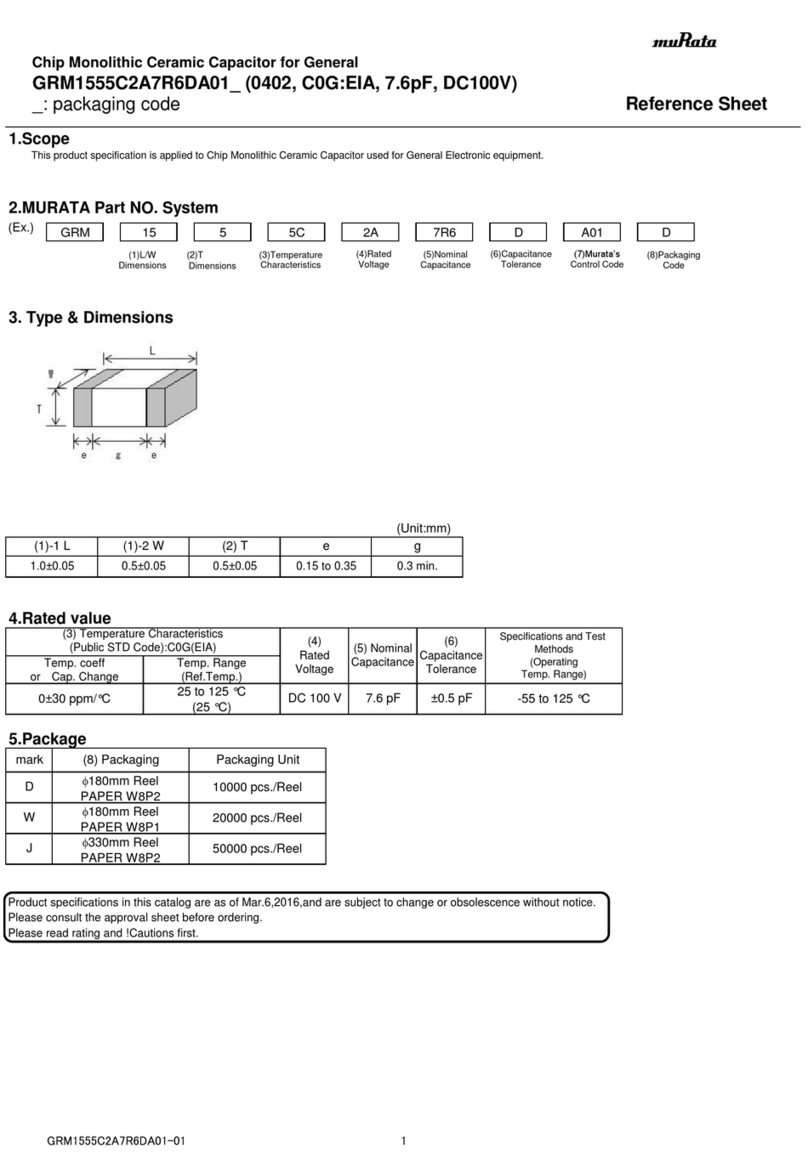
Murata
Murata GRM1555C2A7R6DA01 Series User manual
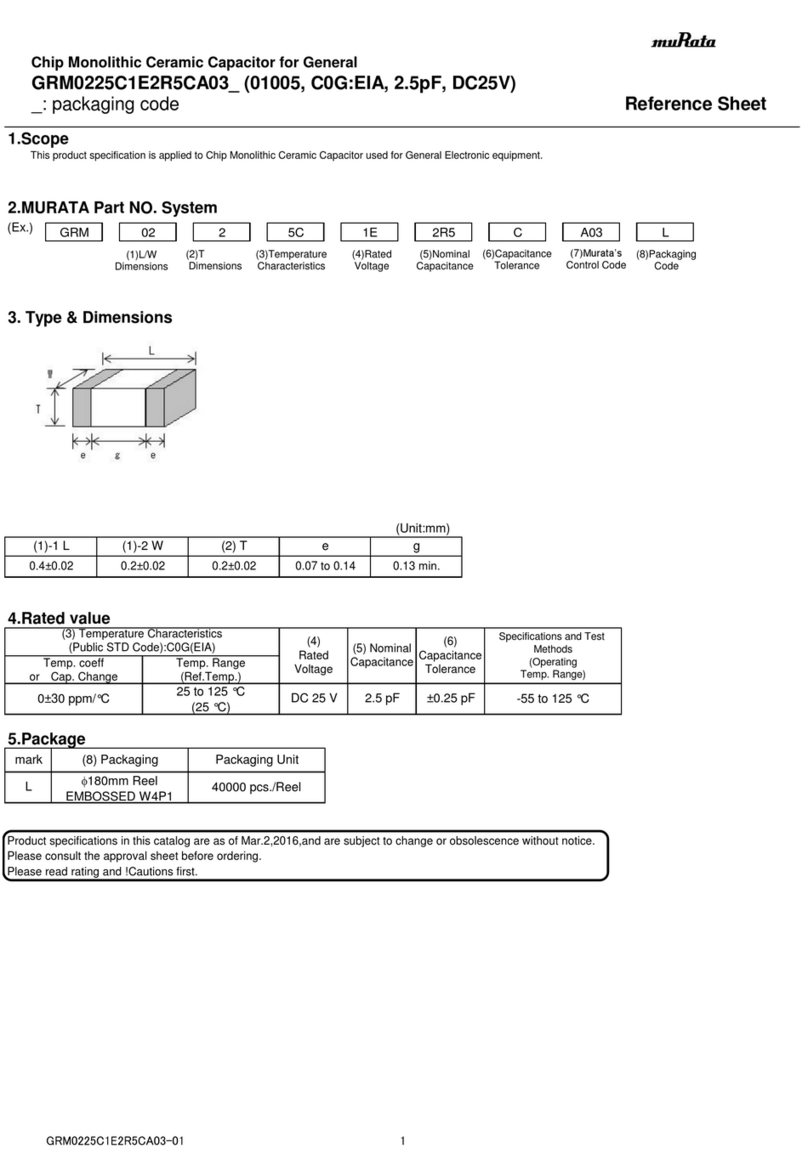
Murata
Murata GRM0225C1E2R5CA03 Series User manual
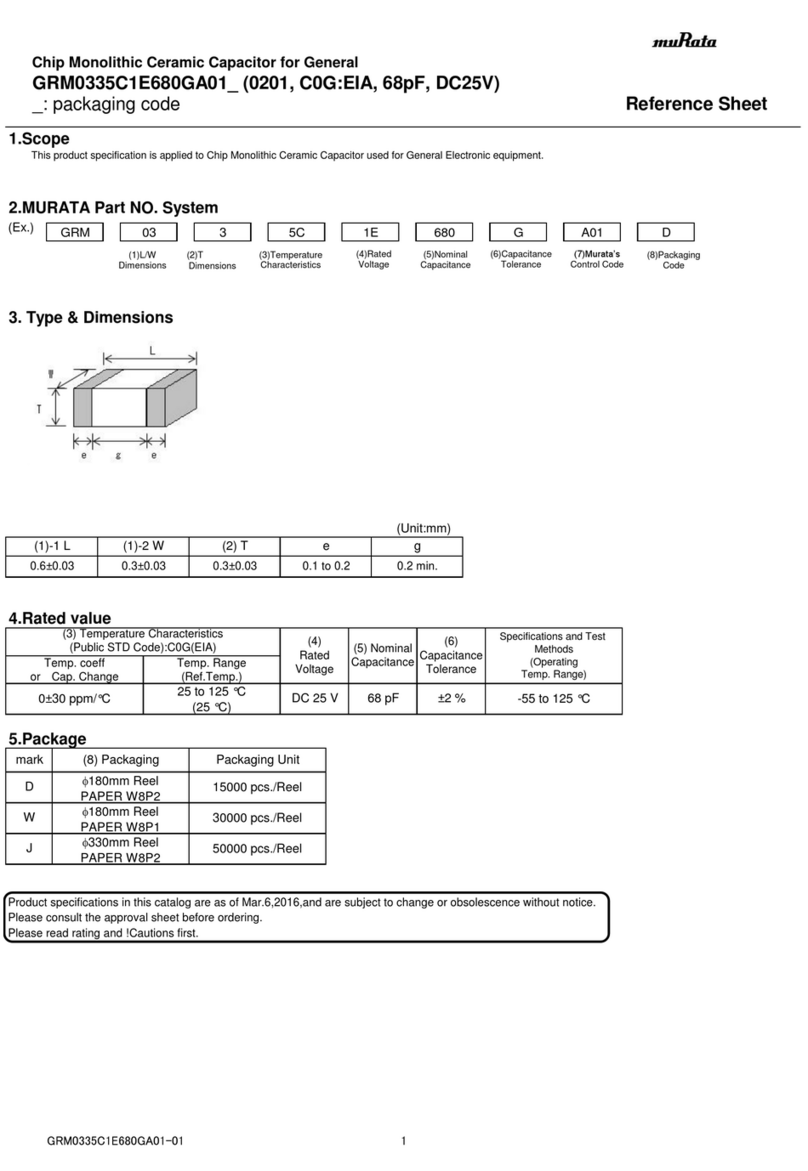
Murata
Murata GRM0335C1E680GA01 Series User manual
Popular Industrial Electrical manuals by other brands
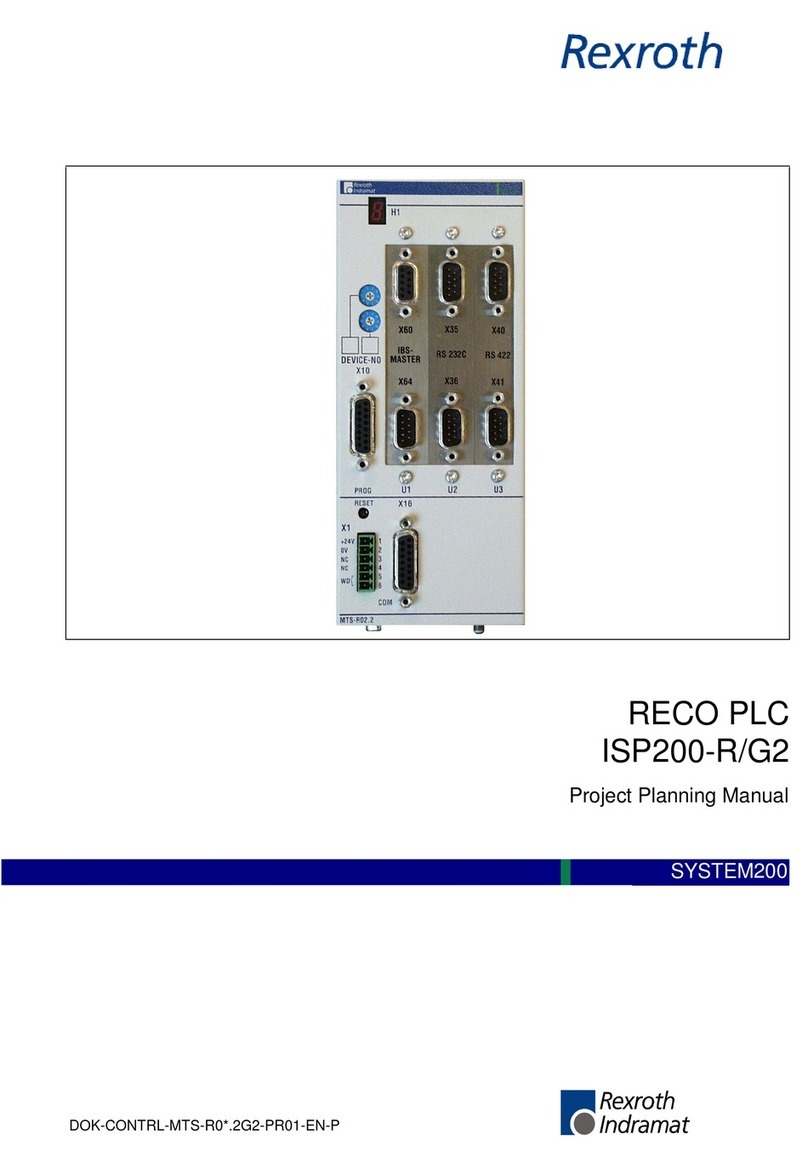
Rexroth Indramat
Rexroth Indramat DURADRIVE SYSTEM200 Project planning manual

Abtech
Abtech HVJB Series Installation, operation & maintenance instructions

SAF-HOLLAND
SAF-HOLLAND CBX 5415.5 Installation and operation manual

Eaton
Eaton Ulusoy HMH24-04 user manual

Newlong
Newlong NP-7H NSTRUCTION MANUAL/PARTS LIST

Stahl
Stahl 8575/12 operating instructions

SI
SI Pegasus installation instructions

Cooper Power Systems
Cooper Power Systems VXE15 Installation and operation instructions

S&C
S&C Vista SD manual

Siemens
Siemens 3VA9988-0BM10 operating instructions
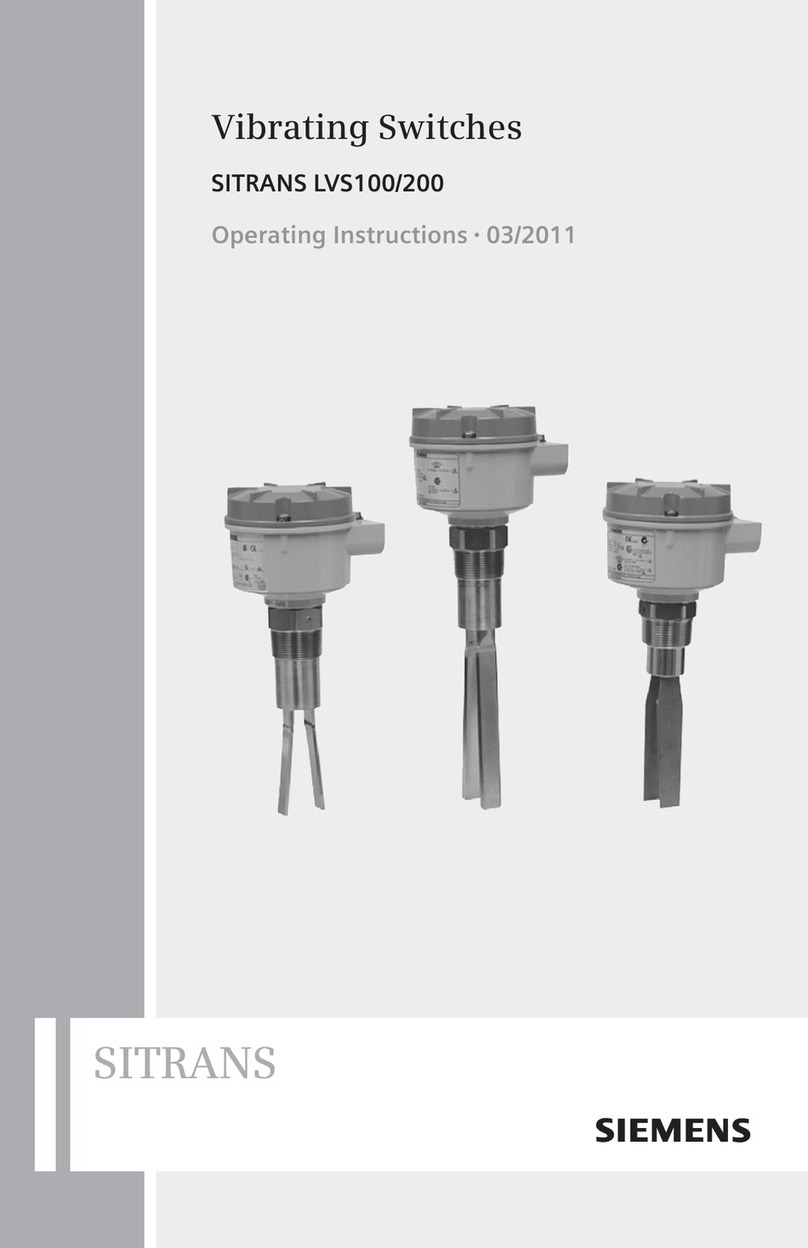
Siemens
Siemens SITRANS LVS100 operating instructions
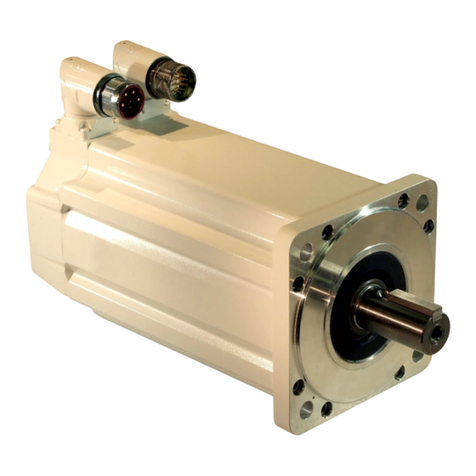
Rockwell Automation
Rockwell Automation Allen-Bradley MP-Series installation instructions
